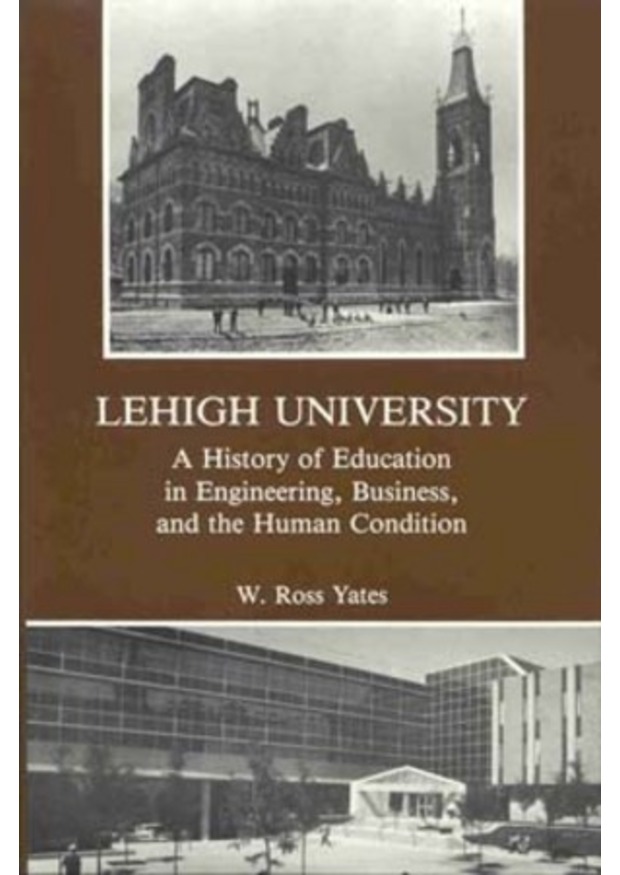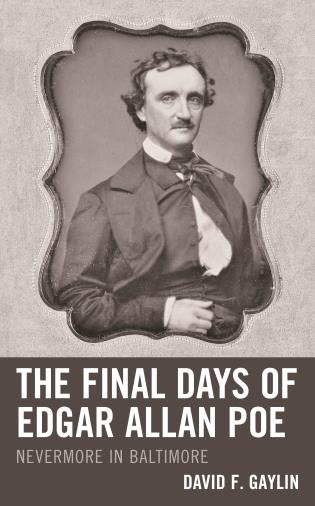A History of Education in Engineering, Business, and the Human Condition
W. Ross Yates has chosen for his subject a history of education in engineering, business, and related fields as they developed at Lehigh University in Bethlehem, Pennsylvania. This work is neither an official institutional history nor a call for the nostalgia of "old grads," but a scholar's summary of some major trends in education whose interweaving produced Lehigh University, with original objectives that survived good and bad fortune, good and indifferent management, and an unfailing if at times flawed attention to evolving national vocational and liberal educational ideals.
Asa Packer, builder of the Lehigh Valley Railroad, founded Lehigh University in 1865 to provide a useful, "commonsense" education for men planning careers in engineering, applied science, and the professions. He lavishly endowed it. With the declining fortunes of the Lehigh Valley Railroad in the 1890s, the university had to retrench, but it continued along lines laid down by Packer.
About the turn of the century Lehigh added programs for careers in teaching and business. With aid from alumni and industries, especially its neighbor, the Bethlehem Steel Corporation, Lehigh built strong undergraduate programs in engineering, science, business administration, teacher education, and the liberal arts.
At every stage, Lehigh's development was bound up with the growth of a science-based society. Originally the interaction was most obvious at the local level. Situated in the industrial part of the lower Lehigh Valley in southeastern Pennsylvania, Lehigh was, until the First World War, removed from the large manufacturing and financial centers of the Atlantic seaboard and was intimately associated with local enterprises concentrating on anthracite coal, railroads, and heavy metals, especially iron, steel, and zinc.
After the First World War, Lehigh began forming a capacity for sponsored research and branching out into graduate education. With the conclusion of the Second World War, these moves were speeded up. Lehigh entered the mainstream of currents in science, engineering, and industrial management. It broadened its financial base, modernized its administration, built up its capacity in physics and chemistry, added programs leading to the M.B.A., Ph.D., and Ed.D. degrees, and organized research centers.
During the late 1960s student and faculty discontents, born of a collision between rapid internal growth and unsettling international situations, briefly delayed orderly progress. Trustees and administrators allayed discontents by bringing students and faculty into the work of administration.
By 1980 the university was still small by modern standards, having approximately 4,400 undergraduate and half as many graduate students. It had become coeducational and continued concentrating on vocational preparation for careers in engineering, science, business, and teaching, all within the context of a liberal arts emphasis on the human condition.













